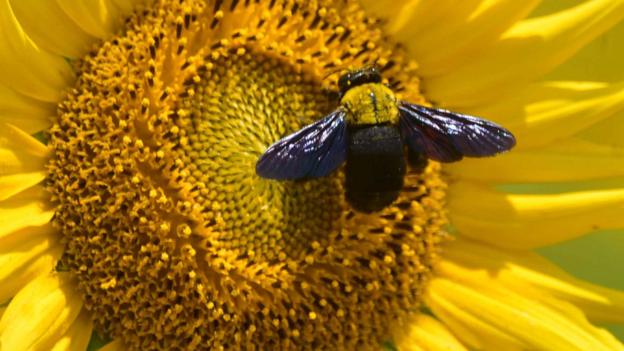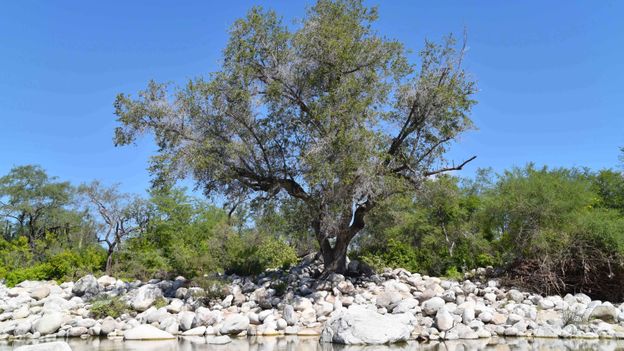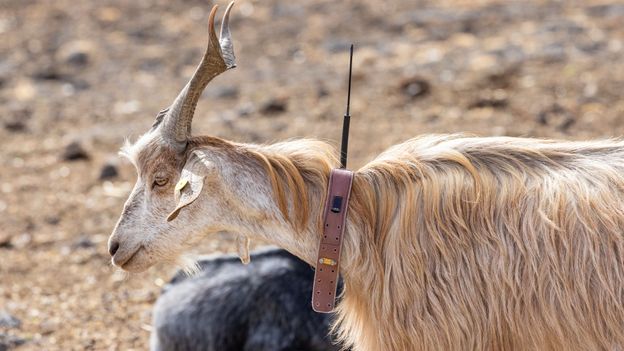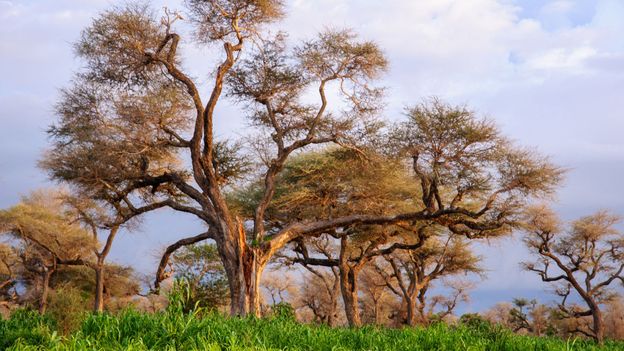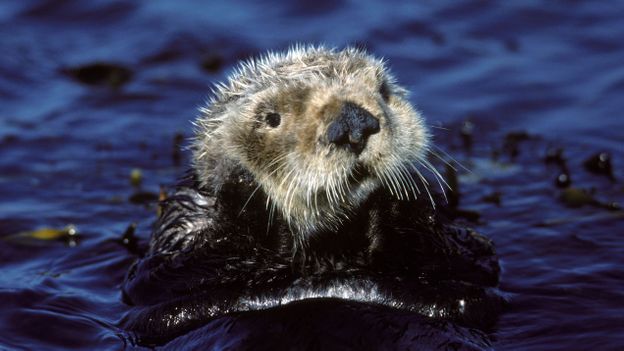Instead, ecologists and conservation groups have called on the wider public to help them gather scientific data during this time. “Citizen science” is vital while official surveys are suspended, according to ecologist Claire Carvell who runs the UK Pollinator Monitoring Scheme. Anyone can participate in the scheme by completing what is known as a Flower-Insect Timed Count (FIT Count). This involves monitoring a small patch of flowers in your garden for 10 minutes, counting the number of insects you see and filling in an online form.
“The survey can be done by anyone who has a patch of flowers and a few minutes to spare,” says Carvell, adding that the citizen science campaign is “really creating a buzz” this year. In April, 250 FIT Counts were submitted online – more than double the number received at the same time last year. “People are enjoying the opportunity to do something a bit more structured with their time,” Carvell says, adding that she has received data from all across the UK, covering a much wider area than scientists usually reach.
So as well as giving wild bees themselves a temporary respite, bee specialists are hopeful that increased awareness and engagement with bees could be a boon for conservation. But, like with all the other environmental changes we’re seeing now, any long-term benefits for bees would depend on these changes being carried forward as lockdowns lift. For some, like leaving verges wild, the change may not be so hard to maintain. For others, like keeping traffic volumes low, the changes would need to be more systemic.
One change that Perkins anticipates carrying forward, though, is people’s reconnection with nature. “They are beginning to realise how their mental health and wellbeing is supported by nature – particularly by bumblebees, which are so iconic and beautiful and buzzy,” she says. “I hope that remains after lockdown.”
—
The emissions from travel it took to report this story were 0kg CO2: the writer interviewed sources remotely from the safety of lockdown. The digital emissions from this story are an estimated 1.2g to 3.6g CO2 per page view. Find out more about how we calculated this figure here.
—
Join one million Future fans by liking us on Facebook, or follow us on Twitter or Instagram.
If you liked this story, sign up for the weekly bbc.com features newsletter, called “The Essential List”. A handpicked selection of stories from BBC Future, Culture, Worklife, and Travel, delivered to your inbox every Friday.

